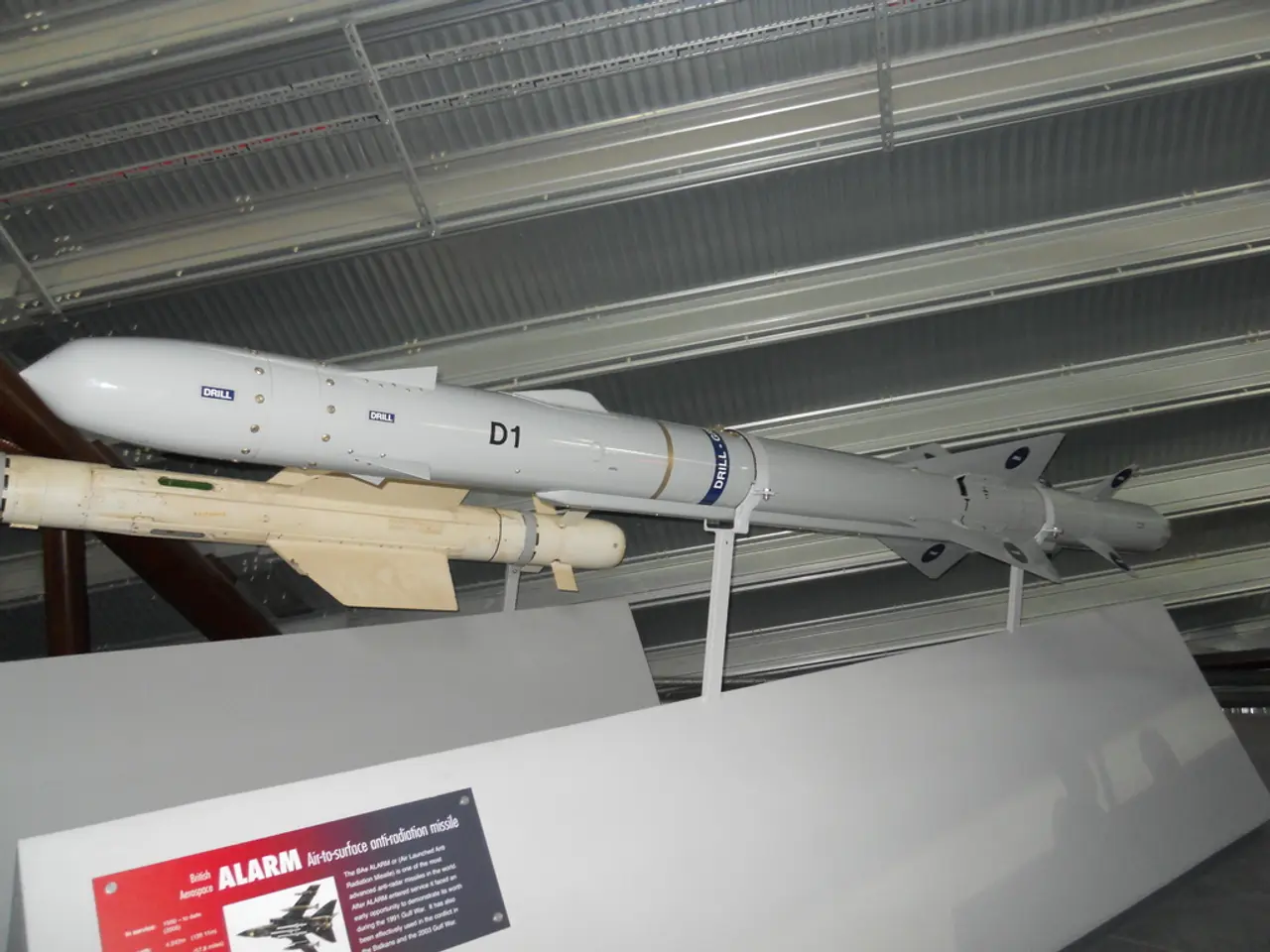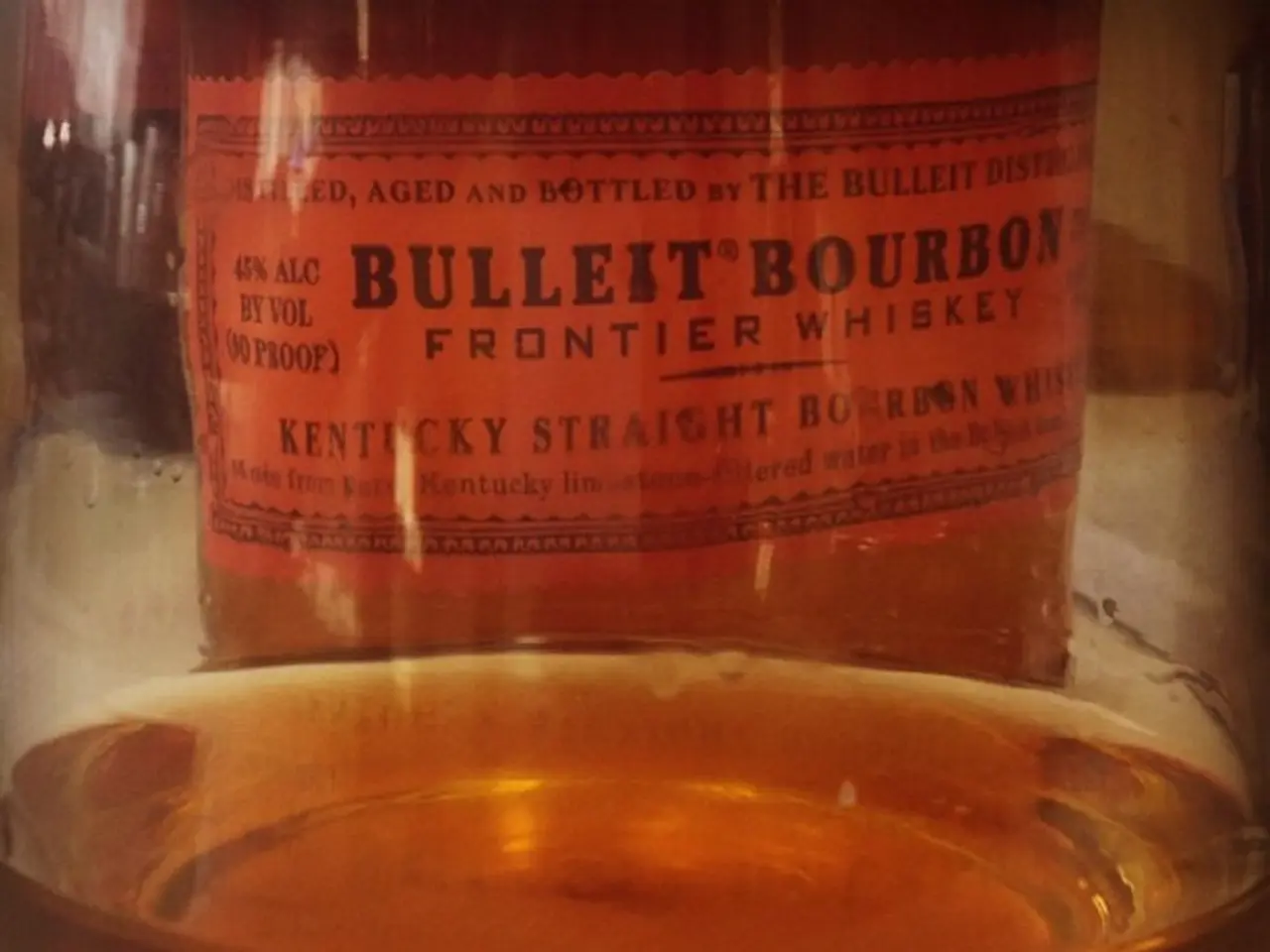Radioactive wasp colony discovered at location previously used for nuclear bomb production by the US
Radioactive Wasp Nest Discovered at Savannah River Site
A mud dauber wasp nest, containing radioactive contamination, was recently discovered at the Savannah River Site (SRS) near Aiken, South Carolina. The source of the contamination is believed to be legacy radioactive contamination from the site's historical nuclear weapons production and liquid waste storage activities during the Cold War era.
The nest, found near waste tanks that store liquid nuclear waste, had a radiation level approximately 10 times above federal limits. It is important to note that the radiation levels in the wasps themselves, if present, would have been significantly lower than their nests.
The discovery of the mud dauber wasp nest provides valuable insights into the spread of radioactive particles in the environment. As mud dauber wasps build their nests out of mud, the contamination is likely present in or on the soil or surfaces. This contamination, referred to as "legacy" contamination, is residual material from past nuclear operations rather than a new contamination event.
Upon discovery, workers at the SRS sprayed the wasp nest with insect killer, removed it, and disposed of it as radioactive waste. After the removal, no wasps were found.
Tom Clements, executive director of Savannah River Site Watch, emphasizes the importance of understanding the type of wasp nest in pinpointing the source of the contamination. However, a watchdog group, Savannah River Site Watch, claims that the report is incomplete and does not detail where the contamination came from, how the wasps might have encountered it, and the possibility of another radioactive nest if there is a leak somewhere.
Despite these concerns, the US Department of Energy has stated that there is no leak from the waste tanks. The site, which was opened in the early 1950s to manufacture plutonium pits for nuclear bombs, has since shifted towards making fuel for nuclear plants and clean up. The Savannah River Site is currently overseen by Savannah River Mission Completion.
| Detail | Information | |-------------------------------|-------------------------------------------------| | Type of wasp nest | Mud dauber wasp nest | | Location | Savannah River Site near Aiken, South Carolina | | Source of contamination | Legacy radioactive contamination from historical nuclear weapons production and liquid waste storage activities at the site | | Nature of contamination | Residual radioactive particles remaining in the environment from Cold War-era activities, not an active leak from tanks |
- The health-and-wellness implications of the radioactive contamination discovered at the Savannah River Site could potentially be significant, as mud dauber wasps build their nests out of mud, suggesting the possible presence of contamination in the soil or surfaces.
- Ongoing monitoring and research in environmental-science areas, such as evaluating the spread of radioactive particles, is crucial for ensuring the safety and health of the community, considering the historical radioactive contamination at the Savannah River Site.




